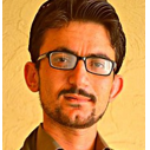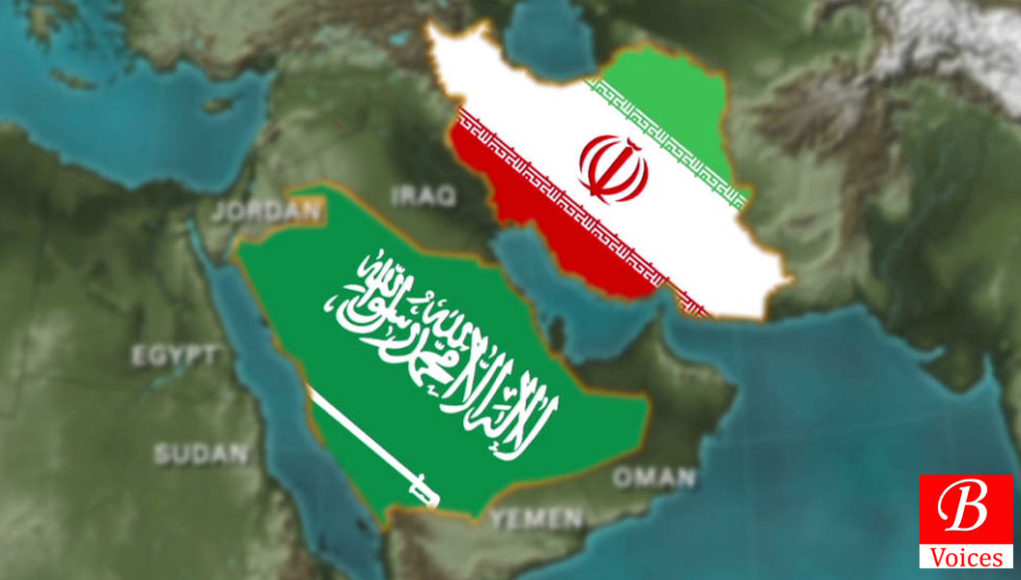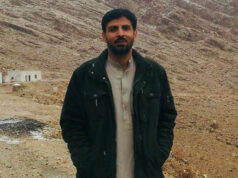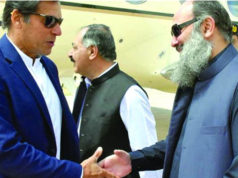 Hammal Kashani
Hammal Kashani
Since the 9/11 trauma, the western intelligentsia along with modern Islamic intellectuals, and researchers have been tracing the roots of religious extremism, hatred, and theological differences to provide logical grounds to terrorism and extremism. Apart from religious motivation, civilizational clash, and cultural conflicts; sectarianism has emerged as one of the leading impetus in promotion of violence and terror. In the contemporary global conflicts, ranging from the vertex in Middle East -Yemen Crisis, Syrian Conundrum, Saudi-Iran rivalry, Bankruptcy of Iraq, deteriorating situation of Lebanon, and failure of Libya – to the phenomena of Boko Harm in Africa; North alliance and Taliban confrontation in Afghanistan; the violent and wide sectarian horizon in Pakistan; the rise of ISIS and the global practice of terrorism, thus in all these aforementioned global confrontations, sectarianism has been the most common acronym in elucidating there causal analysis. But, the fourteen century old theological difference only managed to emerge after the tragic episode of 9/11, and further dispersed after the US invasion of Iraq in 2003. Since then, every form of confrontation particularly in the case of Middle East has a sectarian angle. The myth of sectarianism has been such a dominated argument, which has surpassed, power politics, geo-politics, geo-economics, global powers hostility, and divergent strategic and regional interests. However, the contemporary catastrophic campaigns in Middle East are much more than just being sectarian hostilities.
Accordingly, the most important competition has been between Shia Iran and Sunni Saudi Arabia. But, least is known about the actual nature of their confrontation. Historically, both arch rivals had shared a cordial relationship particularly in pre-1979 Iranian revolution era. Even after the Islamic revolution of Iran in 1979, both countries still managed to have affectionate attitude toward each other. In 1999, the then Iranian President – Mohammad Khatami – visited Saudi Arabia to strengthen relations between the both countries. Likewise, in 2001, both Iran and Saudi Arabia even singed a security pact to jointly act against terrorism, organized crimes and drug-trafficking. Furthermore, in 2007’s Gulf countries summit led by Saudi Arabia, Iranian President, Mahmoud Ahmadinejad was invited as a special guest, where Mahmoud Ahmadinejad and King Abdullah were photographed while sharing a smile with holding hands. Therefore, in all these years of cordial relations, both Iran and Saudi Arabia remained Shia and Sunni. Therefore, the contemporary deteriorating phase of their relationship is not based on fourteen century old theological difference, in fact the changing dynamic of geopolitical and geo-economics have lead both states in opposite direction.
Similarly, the Yemen crisis has also been defined as a sectarian skirmish. Where the Sunni (Government forces) backed by Saudi Arabia are fighting against Shia (Houthi Rebels) allegedly backed by Iran. But this simple explanation lacks basic understanding of Yemeni society. The shias in Yemen are called Zaydis are not much dissimilar from Sunnis. According to WikiLeaks cables, “Misunderstanding about Yemeni Zaydi practices and beliefs have led some in the regional and international communities to view the Saada conflict as Sunni versus Shia. The line between Sunni and Shia in Yemen, however, is highly blurred; the two groups often pray in the same mosques and worship much in the same manner, while identity is derived chiefly from tribal rather than religious affiliation”. Therefore, here again the Sectarian understanding is an exaggerated explanation. Thus, the original cause lies in tribal, regional, and strategic divergence than being sectarian.
In addition to this, the most talked conflict is the catastrophic campaign in the Syria. Here again sectarian factor has been the leading element. But, the whole Syrian crisis emerged in the wake of famous Arab spring, where young people regardless of their religious affiliations demonstrated and protested against the tyrannical regime of Bashar-al-Assad back in 2011. Although the Syrian societal makeup has a sectarian angle; where majority are Sunni whereas; the ruling elite are Alwati Shia. But, despite such a division, the Syrian conflict offers a more deepening account which includes, regional supremacy race, global powers hostilities, geo-economics, geopolitics and strategic interest. To illustrate, the Iranian support is not merely based on sectarian ground in fact it has much more to offer. The most dominated reason for Iranian support could be its surroundings where Iran is locked among Pro-western regimes and thus needs allies in such an regional makeup to pursue its regional interests. Furthermore, Syria also acts as pipeline for Iran to send arms to its proxy groups in Middle East such as Hezbollah thus, Assad’s downfall would also isolate Iran regionally. Therefore, Iranian support to Assad is not based on simple theological bases but, because of geopolitics. Likewise the Russian and US involvement has more to do with power politics than sectarianism.
To sum, in the all aforementioned conflicts, where hundreds and thousands of people have been killed, starved and paralyzed, are caused by genuine political and economic interest rather than mere theological. The main reason behind the generation of the myth of sectarianism is to use it as a face covering shield to avoid responsibility for the century old flawed polices of autocratic and tyrannical rulers; the uneven power and resource distribution among the diverse religious groups; continued foreign interventions; and the divide and rule policy of the West particularly after the US invasion of Iraq and Libya. Although the Sectarian ground does exist in Middle East, but, its presence is not a new phenomenon rather its centuries old. The recent rise is only because the sectarian divide has been militarized and politicized to suit regional and global actors. Therefore, the need is to look at these conflicts at a wider spectrum than providing lethargic and clichéd explanations.
Writer is a Graduate of International Relations from National Defense University Islamabad, and a researcher and has interest in Global and National political affairs. He can be followed at twitter @Hamalkashani.
Disclaimer: Views expressed in this article are those of the author and Balochistan Voices not necessarily agrees with them.
Share your comments!








